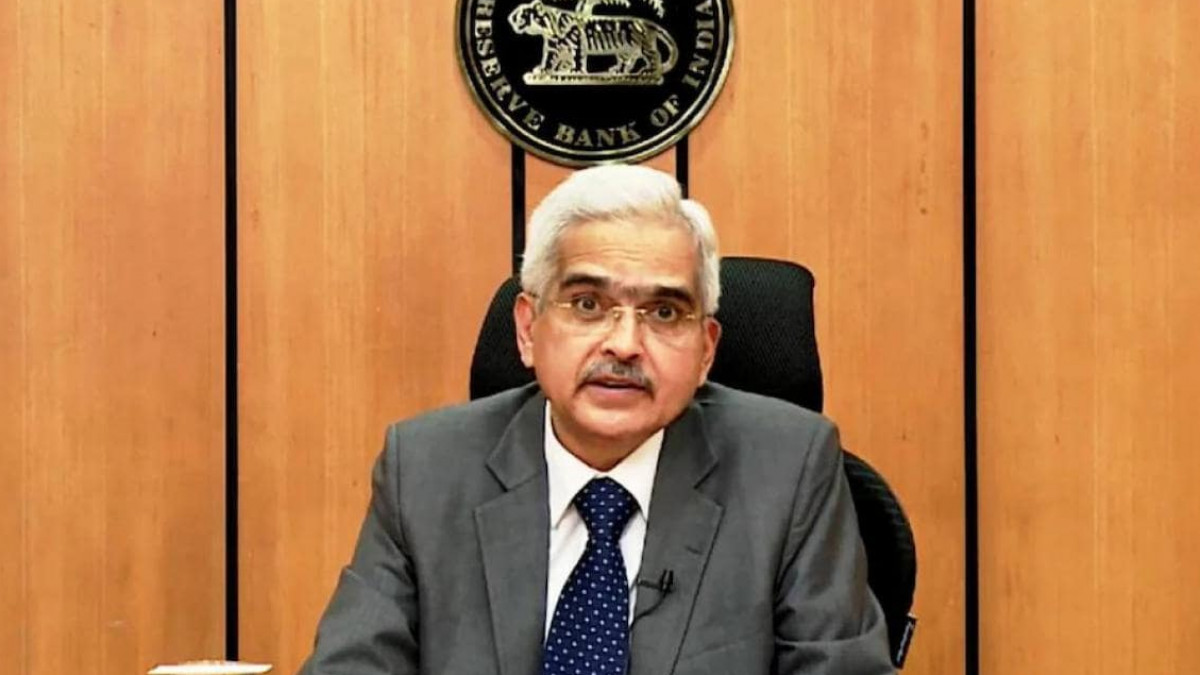Speaking at the Kutilya Economic Konklave, organized by the Institute of Economic Growth, New Delhi, Das said, with the prospect of supply it seemed to be profitable and several high frequency indicators referred to the resilience of recovery in the first quarter (April-June) in 2022-23, inflation could be Facilitate gradually in the second half of 2022-23, blocking the chances of hard landing in India.Tracing the history of inflation in India, DAS said that in early 2022 inflation was expected to significantly moderate the target level of four percent in the third quarter of FY23, with an average inflation rate projected by 4.5 percent for 2022-23.
“This assessment is based on the normalization of the anticipated supply chain, gradually receding Covid-19 and normal monsoon infections. Median inflation projections from professional fortune teller surveys at five percent for 2022-23 are also quite docile,” he said.However, this was followed by the Russian-Ukraine War since February 2022, which led to a sharp spike in global crude oil and other commodity prices.
“The price of global food reached the highest historical in March and its effect was felt on the edible oil, feed costs and the price of domestic wheat. Loss of rabbis wheat production due to unprecedented heat waves put further pressure on the price of wheat. Pressure of costs is the cost pressure is the cost pressure. It is also exacerbated by the supply chain and logistics bottleneck due to war and sanctions, “Das said.
According to him, the aim of RBI is to protect the economy and maintain financial stability.”Our effort is to ensure soft landing. These objectives continue to guide our actions even today and will continue in the future,” he added.Das said the benefits of globalization come with certain risks and challenges. Shocks on food prices, energy, commodities, and critical inputs are transmitted throughout the world through complex supply chains.
“In fact, the latest developments require greater recognition of global factors in the dynamics of domestic inflation and macroeconomic development that underline the need to increase policy coordination and dialogue between countries to achieve better results,” he said.According to him, insurance on inevitable global shocks was finally built on a good economic basis, strong institutions and intelligent policies. Price stability is the key to maintaining macro and financial economic stability.
“We will continue to calibrate our policies with a comprehensive aim to preserve and foster macroeconomic stability. In this effort, we will remain flexible in our approach while convincing and transparent in our communication,” Das said.






